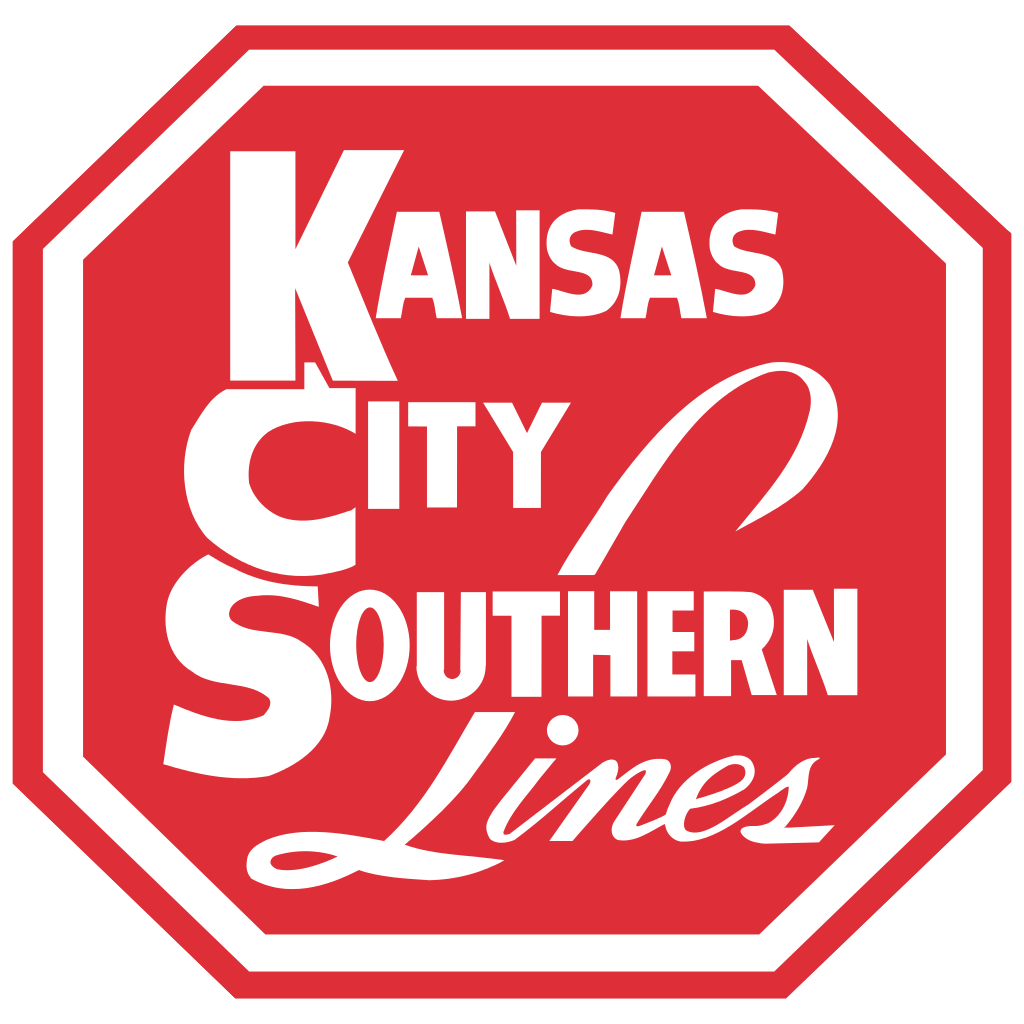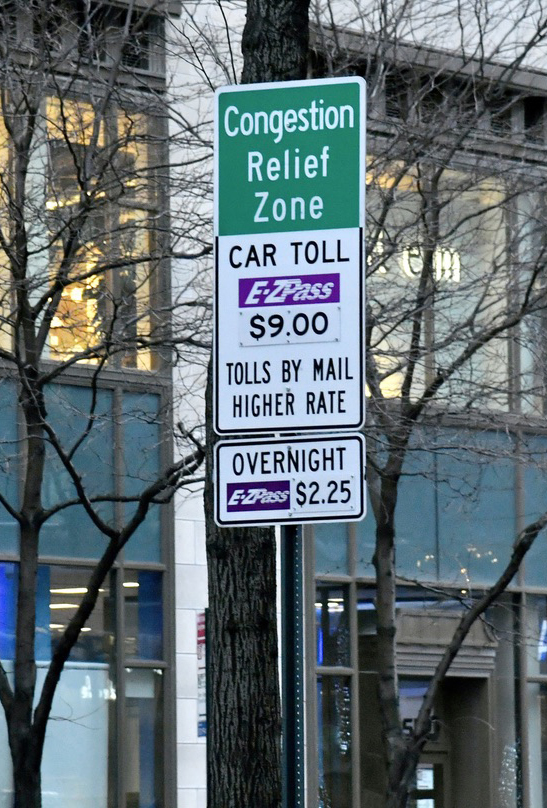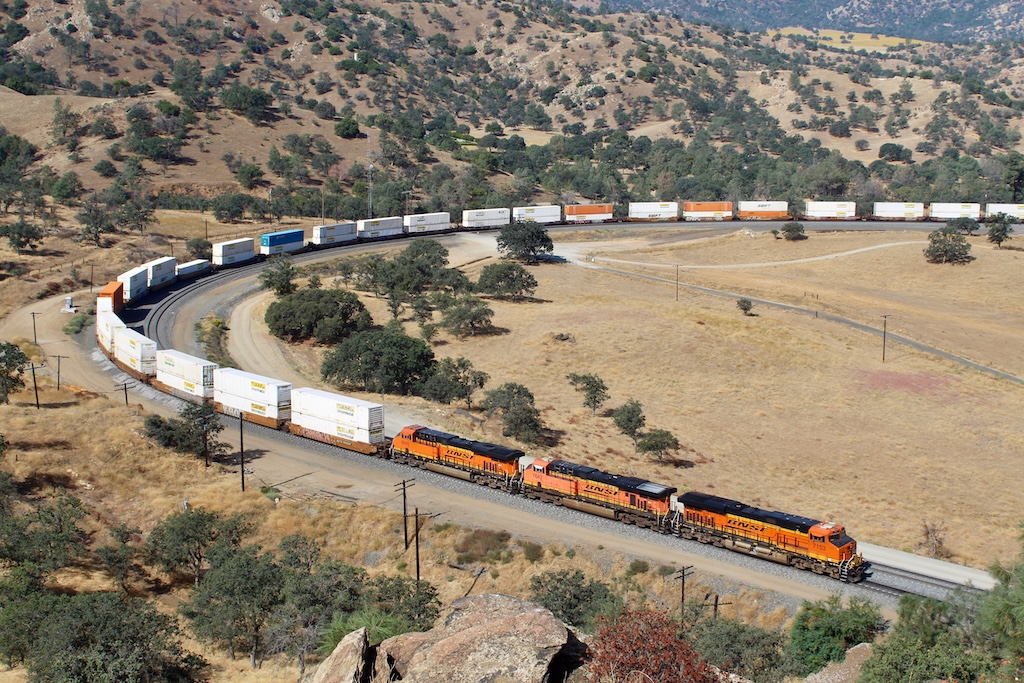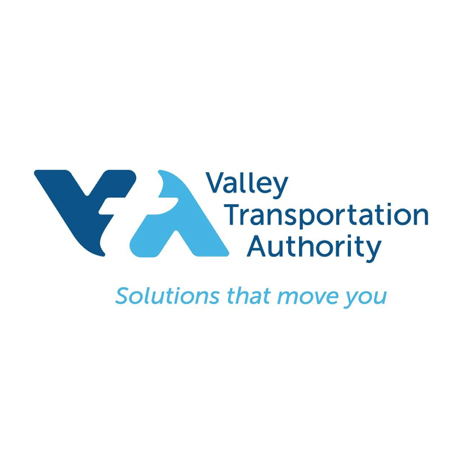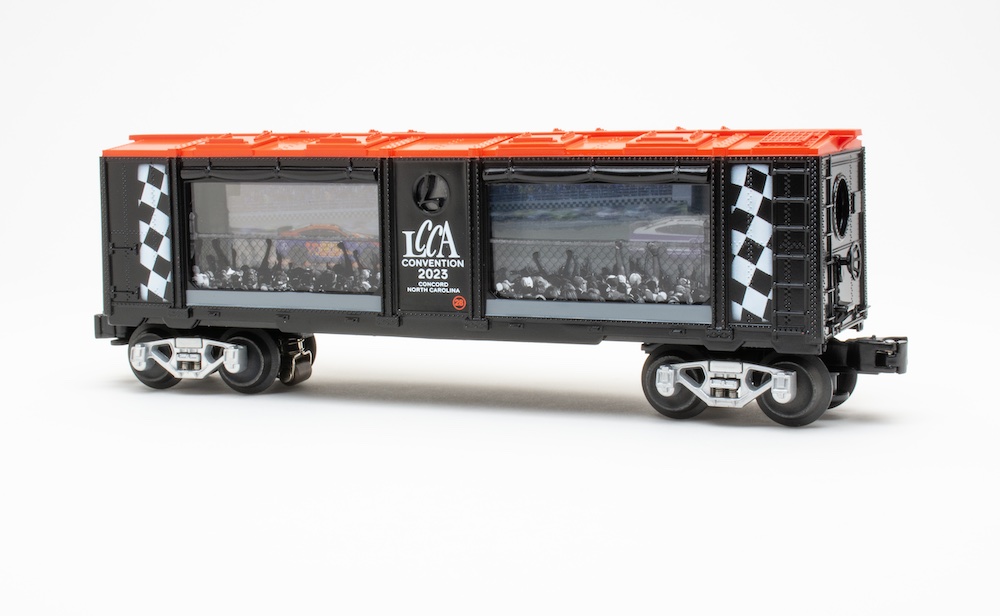Train speeds improved 12%, terminal dwell improved 11%, and the number of miles freight cars traveled per day increased 9% in August compared to a year ago, Chief Marketing Officer Mike Naatz told an investor conference on Wednesday.
Improved cycle times for unit grain trains that run between the Midwest and destinations in Mexico have helped KCS boost its corn export volumes by 8% in July and August, Naatz says.
Thanks to cross-border traffic, KCS has weathered the seven-month freight slump better than most of the Class I systems, Naatz says, as cross-border intermodal, automotive, and petroleum traffic continue to grow.
Exports of refined products to Mexico is a continued bright spot for KCS, which worked with partners to establish fuel distribution centers in Mexico before the country’s energy reform allowed import of gasoline, diesel fuel, and propane.
Mexico energy-related revenue in the second quarter of 2019 stood at $51 million, up from just $4 million in the first quarter of 2017, Naatz says.
KCS currently sends unit trains of refined products from the Gulf Coast to five terminals in Mexico. Nine additional terminals are currently under development, mostly in areas not served by pipelines or barges.
KCS remains optimistic that the U.S., Mexico, and Canada will ratify the USMCA trade deal that replaces the North American Free Trade Agreement, Naatz says. Despite the uncertainty over trade since President Donald Trump was elected, U.S.-Mexico trade has grown 17% since 2016, Naatz says.
Cross-border intermodal remains KCS’s biggest growth opportunity, Naatz says, noting that rail has just a 3% share of cross-border movements.
About a third of the trains KCS runs across the International Railway Bridge linking Laredo, Texas, with Nuevo Laredo, Mexico, are now handled by crews from Mexico.
KCS last year began using international crews to ease congestion on the single-track bridge, where all trains previously had to stop to change crews. Trains using international crews move between KCS yards in Nuevo Laredo and the KCS Laredo Yard, about nine miles across the U.S. border.
Moving the crew-change point to Laredo Yard increases fluidity at the busiest rail freight gateway in North America, KCS says. The railway plans to slowly increase the use of international crews at the border despite opposition from organized labor in the U.S.
Naatz spoke at the Cowen & Co. 12th Annual Global Transportation Conference.





